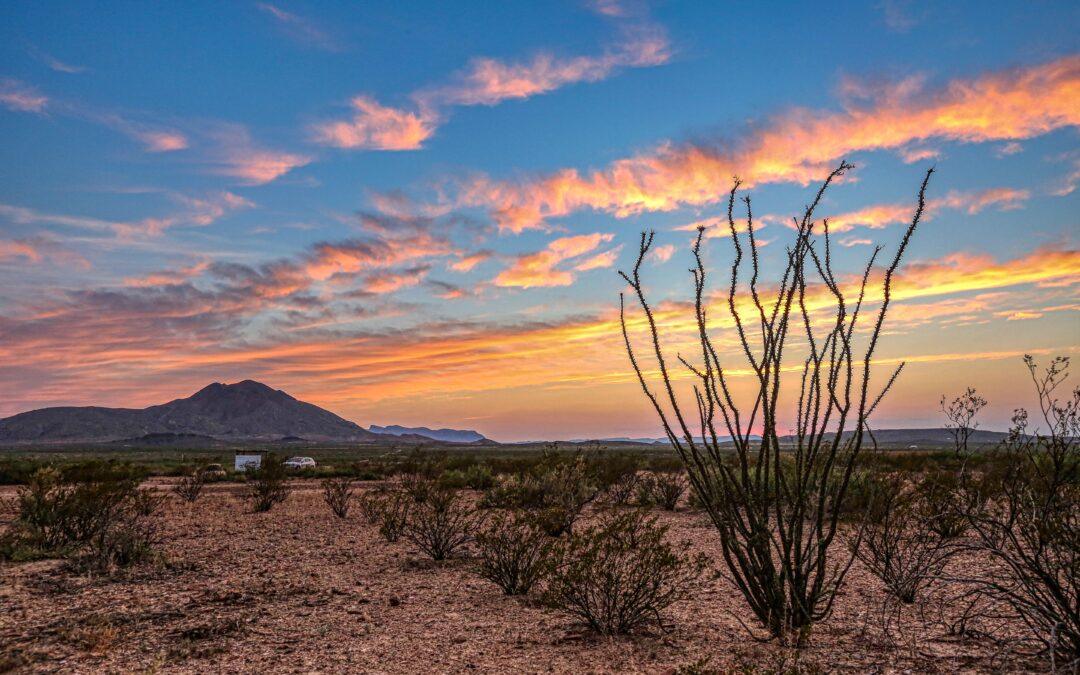The west Texas of my earliest childhood is desert. Green grass and trees taller than children erupt only where wells peek into the water table and pipes or channels distribute the benefit. Nearby sandhills, reminiscent of Mojave dunes, emphasize the region’s desiccation. Yet the scraggly, parched brush peppering the open landscape attests as clearly to water’s presence as its paucity.
The 33rd Psalm opens with a command to shout praises to Yahweh—to erupt into moments of exuberant worship when God’s steadfast love has emerged through the arid sand we wish were rich topsoil. So we rightly celebrate the moments when diseases retreat, careers progress, wars cease, anxieties ease, or prodigals return.
As a toddler, I watch men dig a pit for I-know-not-what-reason, and am amazed when the shovels-full they discard go from sand to mud, and the hole—in retrospect reaching what must have been a remarkably shallow water table—finally becomes a basin of brown water. In the Hebrew description, the heavens stand above the earth, the waters beneath; hence the common expression: the heavens, the earth, the sea, and all that is in them.
The 33rd Psalm closes with Yahweh’s people waiting, trusting, and hoping, because they know that the eruptions of God’s grace we observe are a visible testimony to the eternal ocean of God’s steadfast love (faithful mercies, lovingkindness) spread below the desert surface of our world. The lush lawn of every life blessed and the scraggly bush of each suffering relieved testifies not just that a drop has found its way to the surface, but that an endless wealth of faithful mercy is available below.
This week, may we celebrate moments which reveal, but hope in the eternal truth that “the earth is full of the steadfast love of the LORD.”

